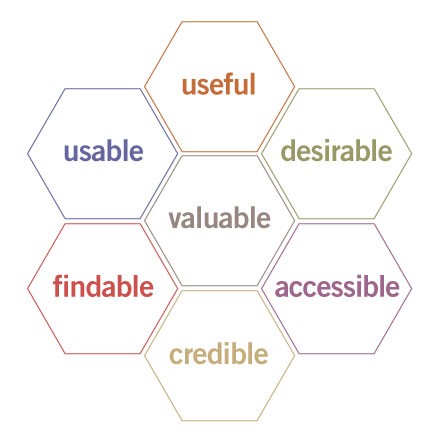What is one of the first things you do when you are not sure of the answer to something? Me, I unlock my phone and ask Google. Usually, the answer is right there, in front of my face, within seconds.
Your website is potentially the most powerful marketing tool at your disposal. What we mean by that is; it can leave a lasting impression on a customer - this can determine how they speak about your brand, if they make a purchase or if your customer returns to your site again.
Understanding how people browse rather than how they think they browse is essential. Carrying out User Experience (UX) testing on your website or app: can elevate your business more than you could ever imagine.
Dieter Rams, a German industrial designer, said: “You cannot understand a good design if you do not understand people.”
What is UX?
User experience is pretty self-explanatory. It can be defined as how people feel while interacting with your product or service. For example, when consumers want to check the opening times for a shopping center, they interact with your website. The design of your website – including usability, design, value, and overall impression: are all factors that may influence how consumers feel about the interaction. The struggle we face is because users think with their rational and emotional minds; both play a significant role in the decision-making process.
According to Don Norman (who created the term User Experience in the 1990s), “User experience encompasses all aspects of the end-users interaction with the company, its services, and its products.”
From our research, we have learned that people do not read your website the way your designers have designed it. You may have worked out a visual hierarchy. However, in over 90% of cases, users use a different order. You must know how people browse the page to ensure your messages and navigation routes are being identified quickly.
Multi-dimensional UX process
As you have probably noticed by now, this is not a straightforward process; it has many little facets that combine to create something extraordinary – a lot like a honeycomb. Peter Morville has created an illustration that has helped educate clients and see results, serving several purposes at once:
These seven elements are all components that can be used to identify areas that are important to a positive user experience and can be broken down as much as you require. The ultimate goal is to understand how to make your customer happy.
This tool can help you start on your user experience journey or to get a better understanding of your customer's behaviours – either way, you must integrate it into your business model to improve your business.
How to test web UX using Market Research?
Traditional user testing asks participants to speak their views out loud and opinions and answer questions throughout the test. Forcing users to reflect on what they do is slowing the browsing process down. It gives an unnatural emphasis to something that in real life is completed in seconds without thinking. Testers may filter out what is socially acceptable to say and may not admit if they made errors or did not understand something (in order not to look stupid). Speaking out loud increases cognitive load, can influence the results, and may differ from natural browsing behaviour.
Emotional Logic's user test avoids those issues by allowing testers to browse the site naturally while we record their eye-tracking movements. Delivering a more accurate picture of the natural browsing process.
Benefits of web UX testing:
Nowadays, it is so easy for a customer to try something different or shop elsewhere because it is slightly cheaper on a competitor's site, so having the ability to hook viewers faster will pay off. See how our Web User Experience & Testing tool has helped others:
- Our methodology uncovered how users scan a page in less than one second - allowing a finance brand to double its task conversion online.
- We also found that changing the image on the home page of a leading charity led to a 20% increase in attention on the page.
- We helped optimise pages for a retail website based on eye-tracking insights into engagement - increasing conversion by 29%.
Conclusion
As mentioned, UX requires a deep understanding of the user – particularly their needs, wants, and behaviours. The ability to learn, design, and change without hesitation are critical for companies. Being fluid in your actions and putting your customer first will create brand loyalty and repeat purchasing.
Carrying out market research will help you find out the key elements that will make your design click with your target audience and make it beneficial for both you and the end user. Get in touch today to connect with your users in 2 seconds.

